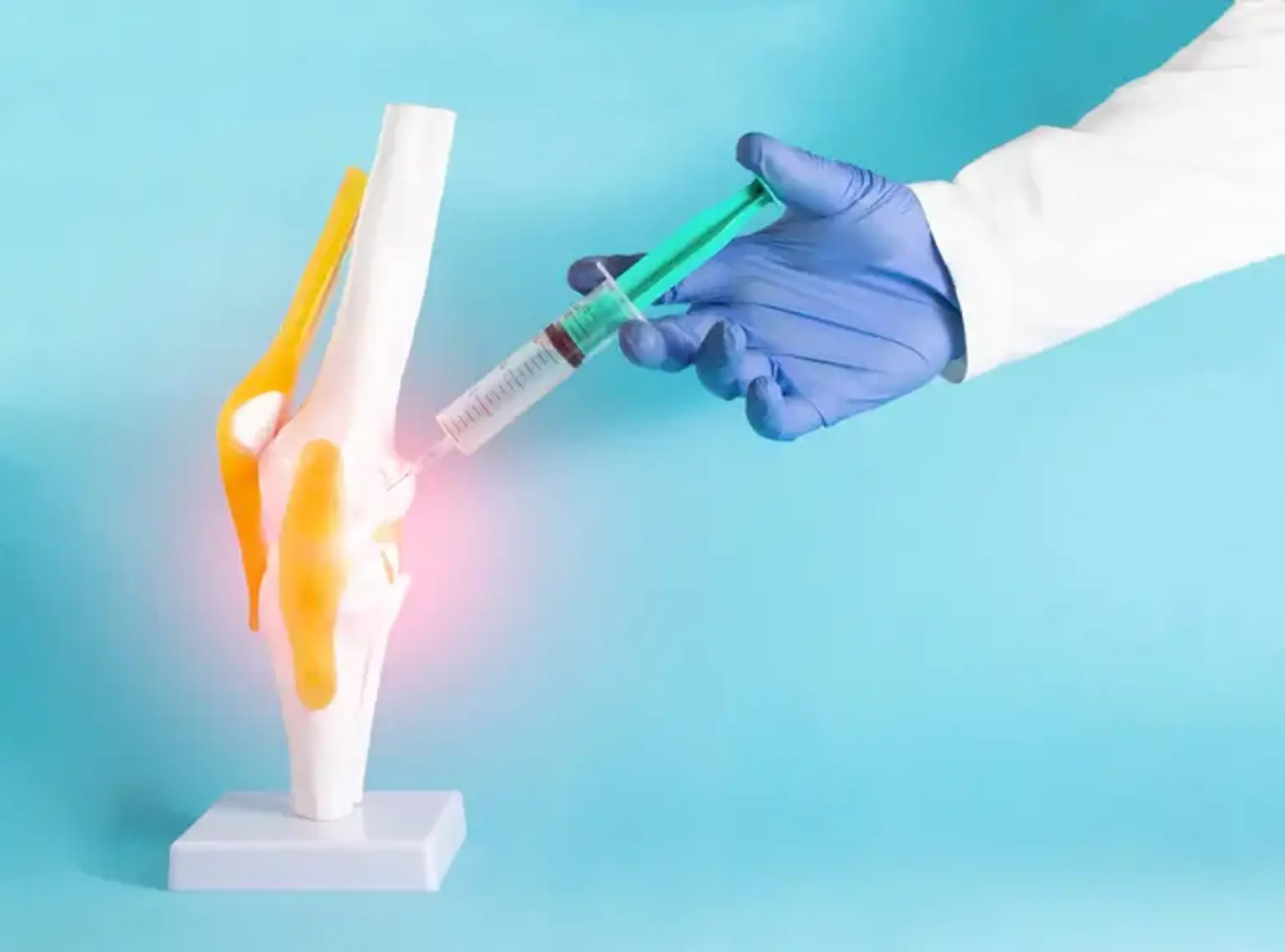Ozono Therapy
Overview
An investigational therapy called ozono therapy has been tested in clinical trials for the management of persistent back pain. It is a contentious treatment that is not accepted in the US. The benefits and drawbacks of this interventional therapy have started to be studied.
